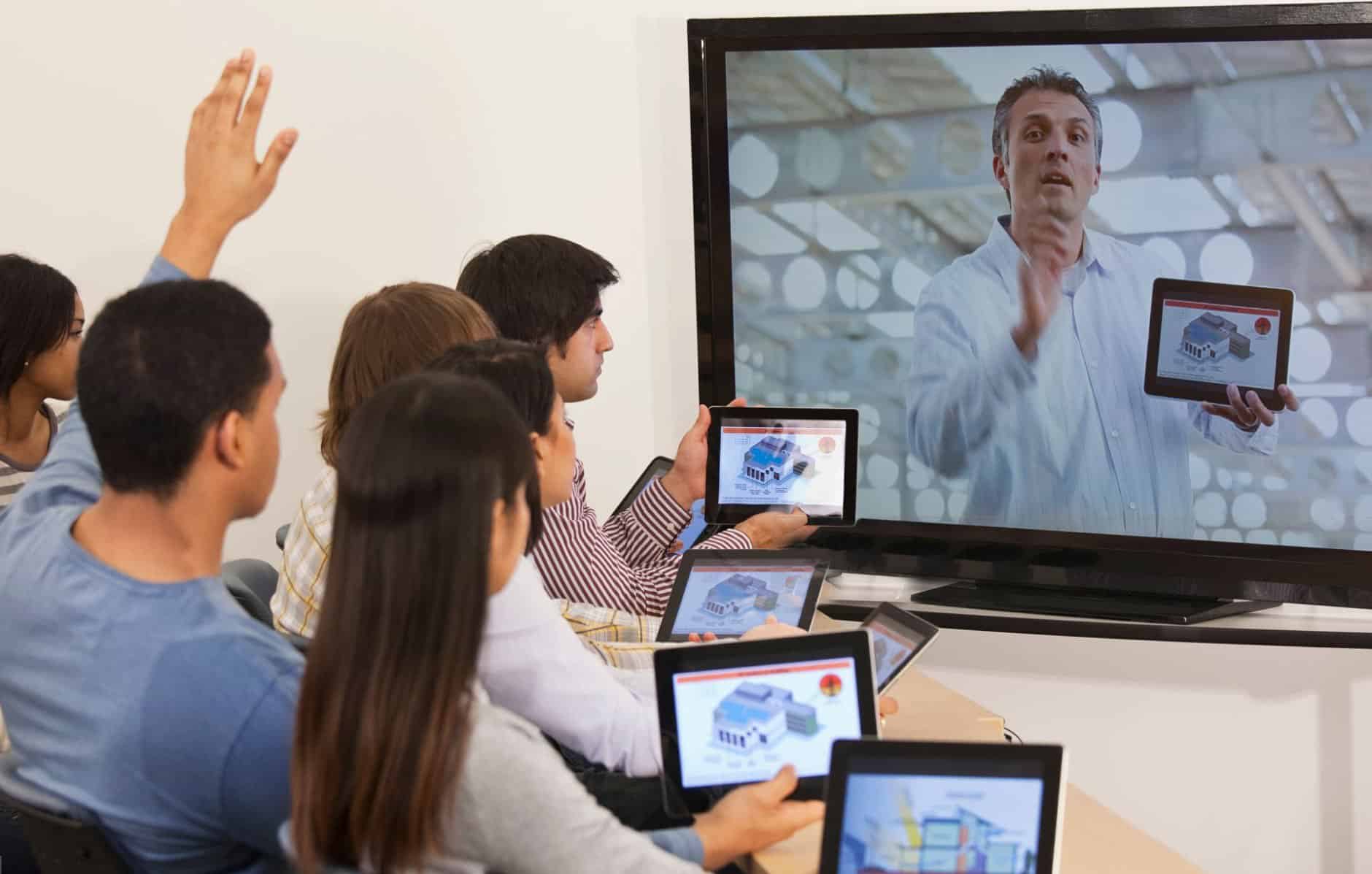Neopedagogy : The 3 levers of successful Education
Published on 06/12/2022
Thematics :
Neopedagogy : The 3 levers of successful Education
Published on 06/12/2022
Educational technologies (EdTech) have made possible new ways of teaching. Far from being gimmicks, they make training more effective for the younger generation.
Young students are fast, multitasking agents of their own training. They find greater interaction between professors and students very attractive. Technical innovations offer to stimulate engagement by increasing ways of participating (by live votes, game phases, discussions, quizzes, etc.) and revisiting relationships within groups of learners.
Example: Peer learning starts from the personal (and professional) baggage of each student to promote the passing on of knowledge. It operates by way of a pairing made up of a mentee (the student) and a mentor (a student in the year above). This process relies on collective intelligence and the in-depth commitment of each person, and produces considerable results in terms of learning and memorising knowledge.
Now course design has come into its own, that process by which a professor and educational designers give a new dimension to a course. That might be by asynchronous distance learning, when a student is immersed in a precise function (as a consultant, for example). With a dashboard as their roadmap, they have to find the information they need, by sifting through a series of documents and dipping into video clips. This kind of active learning is particularly effective with the younger generation.
It is but a short step from a serious game to a fun course. So this kind of staging that was born out of distance learning has been emulated elsewhere and shown to be fully deserving of a place in in-person teaching, offering professors a whole package of new ideas. The students then become the players in a lesson they will remember for a long time.
Personalising teaching, at every level, has now become a key issue. Ways of learning and choosing are increasingly being adjusted to the learner. Online platforms adapt to the student, identifying their progress and any difficulties they are encountering and leading them at a pace that suits them towards their objectives.
This is called adaptive learning, made possible by artificial intelligence algorithms using educational data. Some tools are more specifically intended to offer the student guidance in their choice of specialisms, options, work experience, etc. By focussing on their tastes, preferred areas and experience, for example, these tools provide them with ideas and suggest possible professional pathways.
Alejandro De Los Rios Palacio, a NEOMA Master in Management student on the Reims campus
 “There are some fantastic ideas for developing teaching and learning among these new applications. Tools such as Wooclap and lots of others offer some great advantages. As for the virtual campus launched by NEOMA during that time, I still use it and I see it as a tool of the future, which will become increasingly relevant over time.
“There are some fantastic ideas for developing teaching and learning among these new applications. Tools such as Wooclap and lots of others offer some great advantages. As for the virtual campus launched by NEOMA during that time, I still use it and I see it as a tool of the future, which will become increasingly relevant over time.
I particularly like the personalisation of the content. I find online lessons more effective because, paradoxically, we are closer to the professor, who can better understand our actual level.”

